Post independence, India lost a staggering $462 billion, or about Rs 21 lakh crore, in illicit financial flows due to tax evasion, crime and corruption, a research and advocacy group has said in a report.
The report released by Washington-based Global Financial Integrity (GFI) found that the faster rates of economic growth since economic reform started in 1991 led to a deterioration of income distribution which led to more illicit flows from India.
According to the primary findings of the report titled 'The Drivers and Dynamics of Illicit Financial Flows from India: 1948-2008', India lost a total of $213 billion in illicit financial flows (or illegal capital flight).
These illicit financial flows were generally the product of: tax evasion, corruption, bribery and kickbacks, and criminal activities.
"The present value of India's total illicit financial flows (IFFs) is at least $462 billion. This is based on the short-term US Treasury bill rate as a proxy for the rate of return on assets.
India's aggregate illicit flows are more than twice the current external debt of $230 billion," the report said.
Based on the last five years of the study, 2004-2008, India lost assets at a rate of US $19 billion per year.
...
India lost a whooping $462 bn in illicit money flows
India lost between $23.7-$27.3 billion annually in illicit financial flows (IFFs) during 2002-2006, making it one of the top exporters of such capital, a report said.
Since that report was published in December 2008, there have been significant revisions to balance of payments data reported by India to the International Monetary Fund as a result of which average illicit flows are now estimated at $16 billion per year over that same period.
Substantial as these outflows are, they are likely to be understated given that economic models cannot capture all channels through which illicit capital can leave the country.
...
India lost a whooping $462 bn in illicit money flows
On an average per annum basis, illicit flows from the country over the period 1948-2008 amounted to about 1.5 per cent of India's GDP or 22.8 per cent of its exports.
Over this period, illicit flows grew at a compound nominal rate of 11.5 per cent per annum while in real terms they grew by 6.4 percent per annum.
...
India lost a whooping $462 bn in illicit money flows
Ascertaining where economic reform actually started is difficult because reform in this sense represents the totality of policies devoted to freeing up markets from government controls and are typically undertaken in phases.
Nevertheless, the slew of policies aimed at freeing up markets from government controls that started with the Narasimha Rao government in May 1991 still stands out as a landmark in India's economic history.
Economic reform also led to a faster pace of GDP growth.
In the post-reform period, there are clear indications that faster economic growth seemed to go hand-in-hand with larger, not lower, illicit flows and a worsening of income distribution.
...
India lost a whooping $462 bn in illicit money flows
Photographs: Reuters
India badly requires massive new investment in infrastructure and poverty alleviation.
On balance, it lacks adequate capital relative to its development needs.
The recent significant additions to reserves as a result of India's liberalisation policies, while no mean achievement, are a drop in the proverbial bucket compared to the country's need for capital.
It is unfortunate that a country with an acute need for capital should be one of the world's largest exporters of illicit capital, amounting to some $213 billion over the period 1948-2008.
...
India lost a whooping $462 bn in illicit money flows
Economic growth can well finance more outflows of illicit capital if growth is not accompanied by the strengthening of institutions, rule of law, and overall improvements in governance.
For instance, hile trade liberalisation has led to more trade openness in the post-reform period, a larger trade sector has also provided increasing opportunities to traders to misinvoice trade.
In fact, transfers of illicit capital through trade mispricing account for 77.6 per cent of total outflows from India over the period 1948-2008.
...
India lost a whooping $462 bn in illicit money flows
Photographs: Reuters
Paris-based Financial Action Task Force (FATF), of which India is a full member, has recently noted that anti-money laundering (AML)/combating the financing of terrorism (CFT) regime in India is "relatively young" and the country faces many risks emanating from such activities.
According to the FATF, the main sources of money laundering in India result from illegal activities carried on both within and outside the country such as drug trafficking, fraud, counterfeiting of Indian currency, transnational organised crime, human trafficking, and corruption.
The FATF report notes that money-laundering techniques in India are diverse, ranging all the way from opening multiple bank accounts to mixing criminal proceeds with assets of a legal origin.
...
India lost a whooping $462 bn in illicit money flows
"This report puts into stark terms the financial cost of tax evasion, corruption, and other illicit financial practices in India," said Global Financial Integrity director Raymond Baker.
"It also shows that these illicit outflows contribute to stagnating levels of poverty and an ever widening gap between India's rich and poor," he said.
From 1948 through 2008 the Indian private sector shifted away from deposits into developed country banks and moved more of its money into offshore financial centres (OFCs). The share of OFC deposits increased from 36.4 per cent in 1995 to 54.2 per cent in 2009, the report said.
"In this report we clearly demonstrate how India's underground economy is closely tied to illicit financial outflows," said, GFI lead economist and report author, Dev Kar.
"The total present value of India's illicit assets held abroad accounts for approximately 72 per cent of India's underground economy. This means that almost three-quarters of the illicit assets comprising India's underground economy - which has been estimated to account for 50 per cent of India's GDP (approximately $640 billion at the end of 2008) - ends up outside of the country," Kar said.

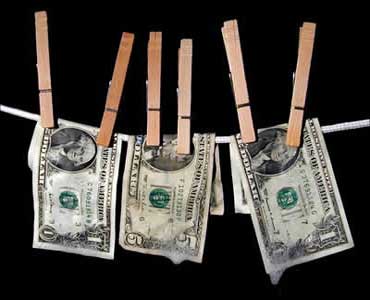
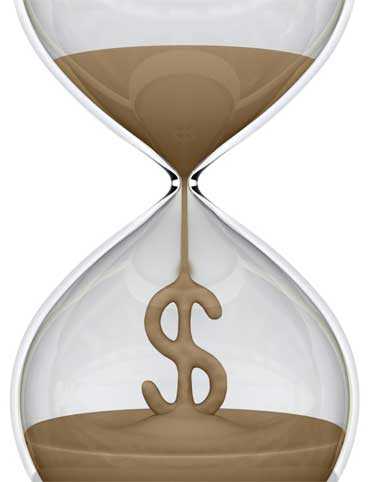



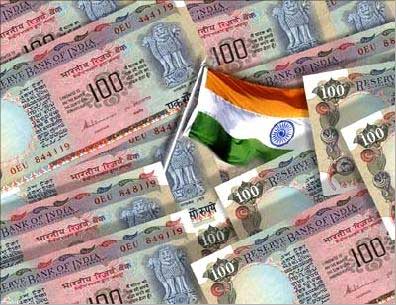
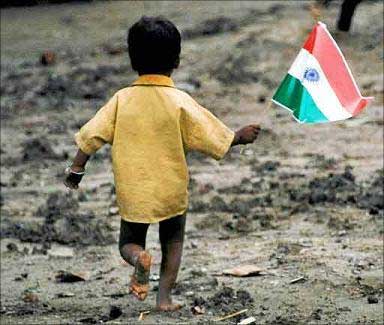
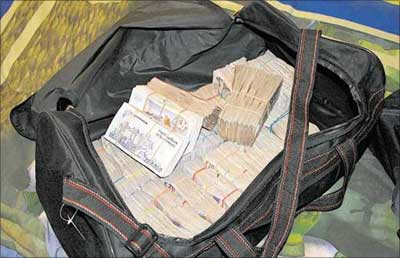
article